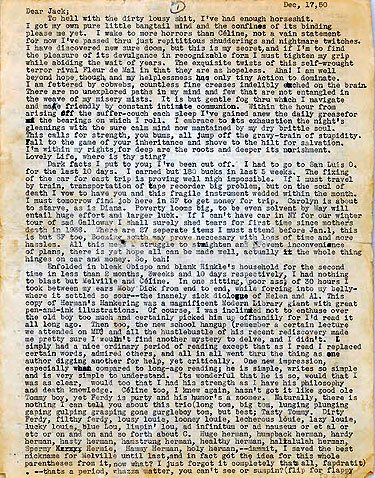Revolution and Regret
Alt-Right, Classical Liberalism, High Culture, Illiberalism, Susan Sontag, The Beats

The young rebellious Sontag.
Nicholas Frankovich notes that youthful rebellion against stodgy, inhibiting norms and standards is great fun, until you find the fences are all down, the norms and standards have disappeared, in politics as in the arts.
Susan Sontag established herself as a public intellectual through original and incisive essays in which she exalted avant-garde over high culture in the 1960s. Late in her career, in the 1990s, she began to have second thoughts. “It never occurred to me that all the stuff I had cherished, and all the people I had cared about in my university education, could be dethroned,†she explained to Joan Acocella of The New Yorker. She had assumed that “all that would happen is that you would set up an annex — you know, a playhouse — in which you could study these naughty new people, who challenged things.â€
The “naughty new people†were mid-20th-century artists, particularly American and European writers and filmmakers, who defied existing conventions of the novel and of narrative in general. In your creation or experience of art, try for a moment to stop asking what it “means,†Sontag advised. Relish the “sensuous surface of art without mucking about in it.†The aesthetic she was celebrating — it amounted to an elevation of form over content — was supposed to be exemplified by the “nouveau roman,†in which plot, character development, and all the empty promises of linear thought were minimized or, better, absent. “What is important now is to recover our senses,†she wrote. “We must learn to see more, to hear more, to feel more.â€
Alas, what had appealed to Sontag about that kind of formalism “was mostly just the idea of it,†Acocella observed. “I thought I liked William Burroughs and Nathalie Sarraute and Robbe-Grillet,†Sontag told her, “but I didn’t. I actually didn’t.†And now she had regrets. “Little did I know that the avant-garde transgressiveness of the sixties was to become absolutely institutionalized and that most of the gods of high culture would be dethroned and mocked.†In “Thirty Years Later†(1996), Sontag, reflecting on what she had failed to foresee when she wrote the cultural criticism collected in her book Against Interpretation (1966), recounted that she hadn’t yet grasped that
seriousness itself was in the early stages of losing credibility in the culture at large, and that some of the more transgressive art I was enjoying would reinforce frivolous, merely consumerist transgressions. Thirty years later, the undermining of standards of seriousness is almost complete, with the ascendancy of a culture whose most intelligible, persuasive values are drawn from the entertainment industries. Now the very idea of the serious (and the honorable) seems quaint, “unrealistic,†to most people.
…
The difference between the American and the European use of the term “liberal†is often remarked. The former refers, on the whole, to the Left; the latter, to classical liberalism, which until yesterday was the political philosophy — free markets, limited government, individual liberty — of the mainstream American Right. The current populist revolt on the right has flushed to the surface a fact I had underestimated: that when Americans who call themselves conservative say “Down with liberalism,†classical liberalism is a large part of what many of them have in their sights.
Christian anti-liberalism — Alasdair MacIntyre, John Milbank, David L. Schindler, the Communio school — enchanted me somewhat until classical liberalism in the flesh began to manifest increasing vulnerability. It has to fend off enemies on two fronts now, the right as well as the left. Like Susan Sontag lamenting over the rapid dumbing down of American culture in the late 20th century, I see my mood has changed. What had appealed to me about MacIntyre, Milbank, and the whole crew of “naughty new people who challenged things†was not the possibility that their pictures and diagrams of anti-liberalism would ever escape from the page and the screen and result in political consequences. The idea of anti-liberalism, that’s all, is what I fancied. The realization of it, or the attempt to realize it, turns out to be messy, even ugly, and it appears to be tending toward the ever messier and uglier.




